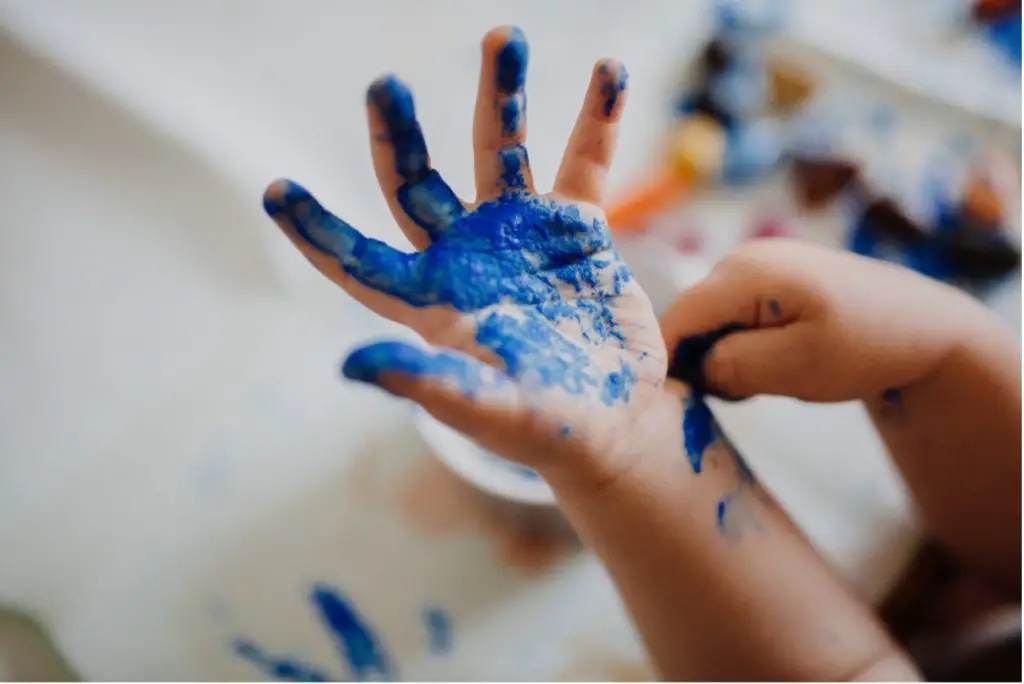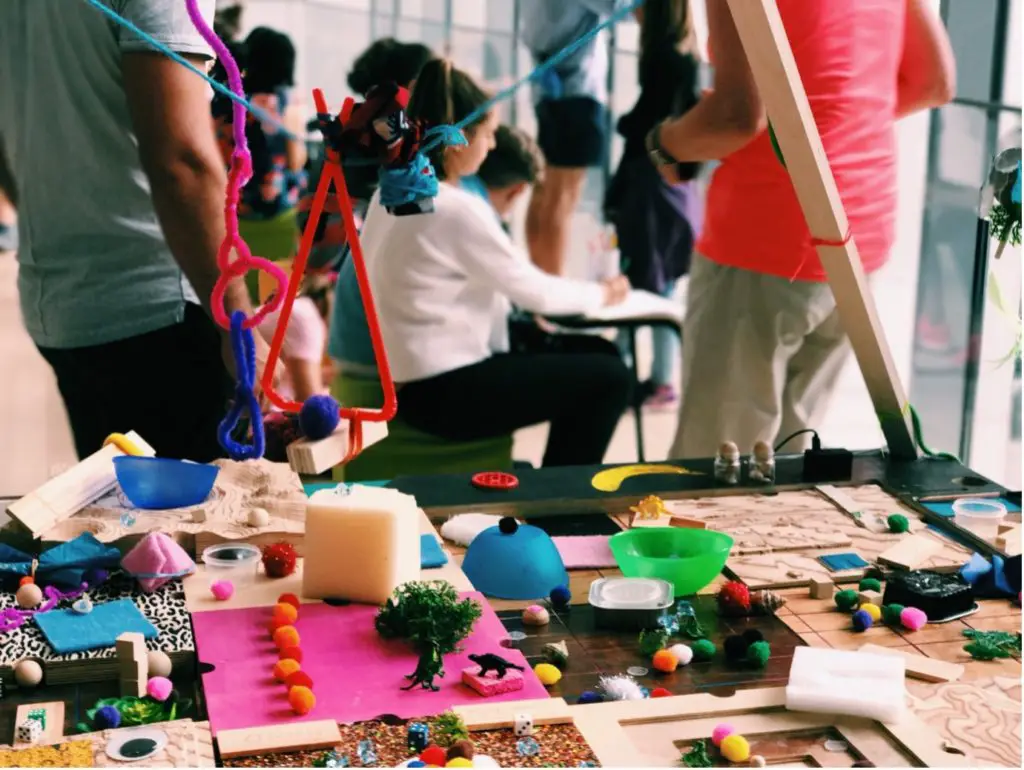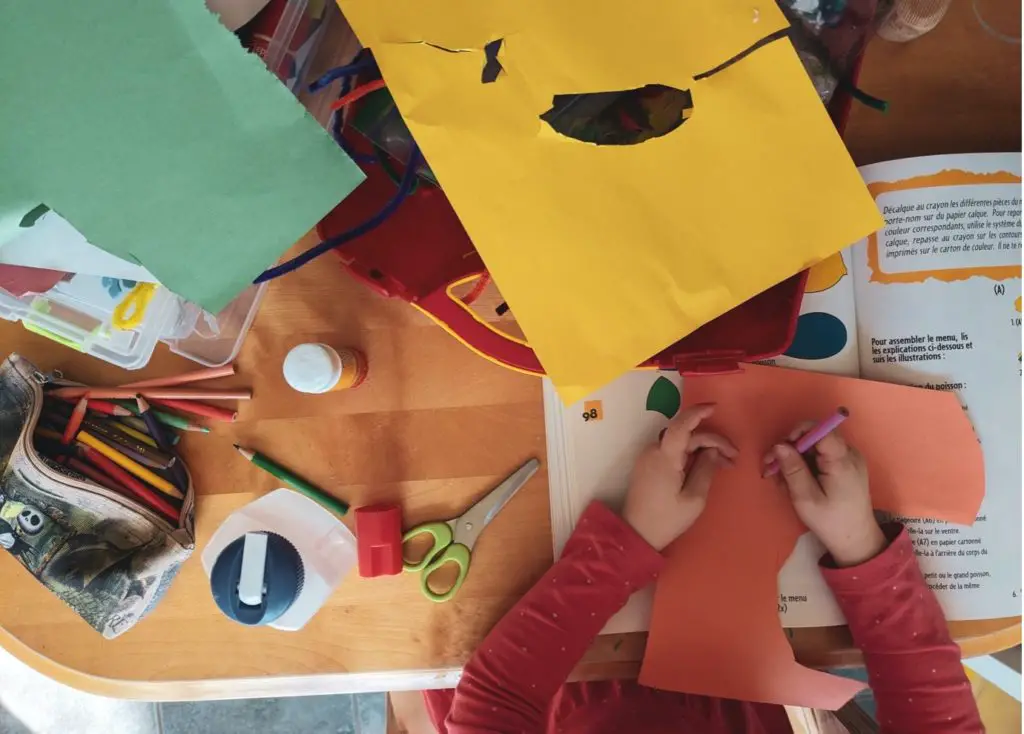Crafting might not sound like the most scientific therapy for cerebral palsy, but it actually has much more to offer than it seems in terms of symptom management. Here’s how…
As a parent of a child with cerebral palsy, there’s a lot to contend with. Once you’ve taken the steps to claim compensation if your child was born with cerebral palsy, you’re going to want to learn how to manage their symptoms. Could arts and crafts be the answer?
Crafting is a great hobby for children with cerebral palsy for a number of reasons. For starters, it doesn’t involve being on your feet too much, it gets the creative juices flowing, and is inexpensive.
In this post, we’re going to extoll the virtues of crafting on cerebral palsy symptoms, so you have an idea of what it can do for your children. Take a look…
How Does Crafting Help with Cerebral Palsy Symptoms?
Cerebral palsy is a group of disorders that affect muscle tone and posture. The symptoms of the condition can vary from child to child, but they typically involve issues with movement, co-ordination and development.
Crafting can have a positive impact in all these areas, and generally help your child communicate and integrate with their peers better. So, without further ado, here are the top 5 reasons crafting can help with cerebral palsy.
1. Improves speech
Dysarthria is a common condition in people with cerebral palsy that affects their ability to speak normally. This difficulty in speech is due to weak muscles that affect the way words are vocalised and makes them unintelligible.
A study published in the International Medical Journal of Experimental and Clinical Research showed that 14 children who engaged in art therapy had a marked improvement in their ability to speak.
The study couldn’t conclude exactly why this happened, all they were able to say was that the therapy improved the children’s volume, tempo control and pauses in between words when they spoke.
2. Allows for non-verbal expression

Some children with cerebral palsy find it difficult to express their emotions to others. Crafting is a way for them to express these emotions without having to verbalise them or write them down.
Instead of having all their emotions locked inside themselves, they can express them to their parents, peers and teachers in a creative way. This can be a huge sense of relief for someone who finds it difficult to do it in a more conventional way.
3. Boosts self-esteem
Children with cerebral palsy can have low self-esteem due to what they perceive as an inability to do what the other kids are doing. Knowing that crafting is something they can do, and actually be great at, can be a big boost to their self-esteem.
Once they see the beautiful crafts they’ve made, they’ll feel more confident in other areas of life as well. They’ll start to focus on what they’re able to do as opposed to what they’re not able to do.
Some studies have shown that children who participate in music, drawing, painting and reading have higher levels of well-being than those who don’t. Crafting is no different, and children with cerebral palsy can really benefit from doing it.
4. Improves academic performance

It’s not only a child’s well-being that crafts can have an effect on, it also helps them academically. Children with cerebral palsy don’t necessarily have lower IQs that those who don’t, they just have a difficult time learning in a traditional manner.
Studies on children with learning difficulties found that those who participate in art classes regularly have greater academic success. Also, the implementation of an art curriculum over several years has shown to improve overall academic achievement for all students.
The theory behind this is that arts and crafts can put a child in a relaxed and creative space which is vital to the learning process. On top of this, having time to sit and express yourself freely opens up new neural pathways for growth and development.
5. Promotes inclusion
Oftentimes, children with cerebral palsy are excluded from activities by teachers, parents and other children because they assume they’re unable to participate.
Crafting is an activity that children can do together, and one where those with cerebral palsy can not only keep up, but actually outperform their peers. This encourages those around them to include them in more activities and games.
By participating in more activities, they’ll build greater bonds with their peers, get to learn about new activities and feel like they’re part of normal life instead of being excluded. Also, you can’t put a price on the affect having friends can have on a child with cerebral palsy.
Are Crafts a Useful Activity for a Child with Cerebral Palsy?
In this post, we’ve shared 5 reasons crafts can help with cerebral palsy symptoms, from improved speech to inclusion in peer activities.
With this being such a niche topic, the impact of crafts on cerebral palsy only goes as deep as the reasons shared in this article. However, once your child starts crafting, you’re bound to see more reasons that current studies and observations have yet to uncover.
If crafting isn’t your child’s thing, there are lots of other arts programs that can be just as useful. The main thing is to find something they’re capable of doing to inspire confidence in them. Once they believe in themselves, the sky is the limit on what they can achieve.
